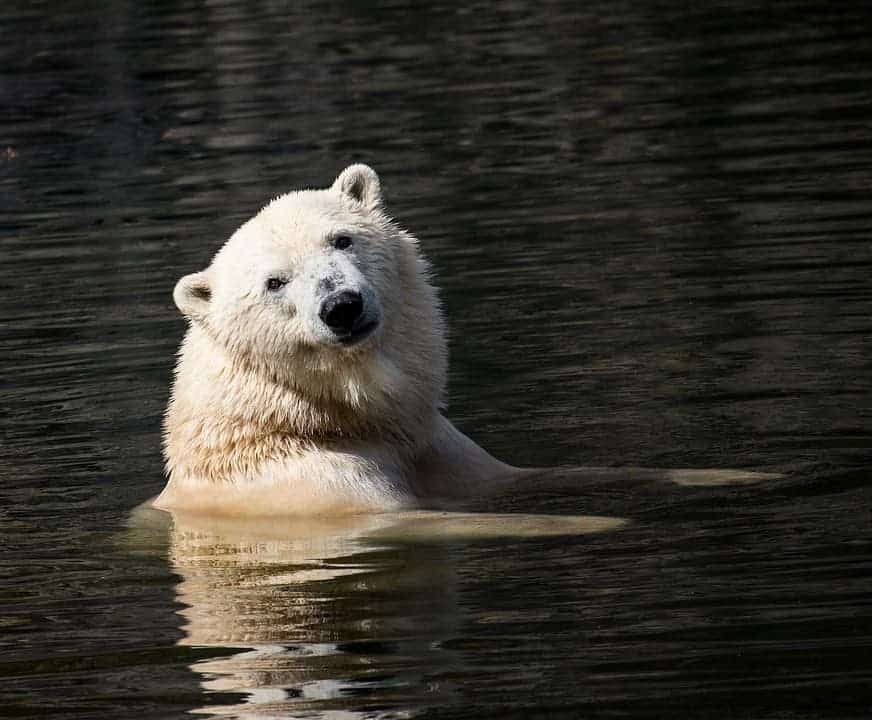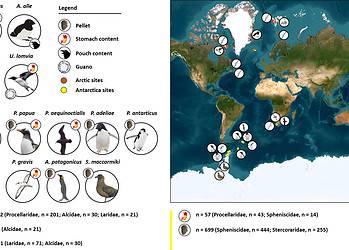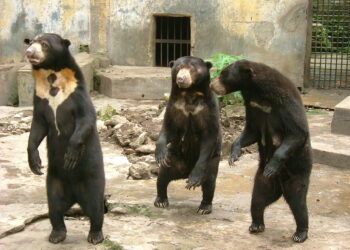Researchers at the University of Science and Technology of China (USTC) have reproduced the structure of individual polar bears to create a powerful, lightweight insulator.

Polar bears rely on their fat, skin, and fur to insulate them from the biting Arctic cold. For them, quality insulation is a matter of life and death — so the bears are really good at insulating themselves. Material scientists from the USTC have reproduced the structure of individual polar bear hairs to create an insulating material to be used in architecture and the aerospace industry.
Learning from the best
Polar bear hair has been evolutionarily optimized to help prevent heat loss in cold and humid conditions, which makes it an excellent model for a synthetic heat insulator,” says co-senior author Shu-Hong Yu, a professor of chemistry at the USTC. “By making tube aerogel out of carbon tubes, we can design an analogous elastic and lightweight material that traps heat without degrading noticeably over its lifetime.”
Unlike the hairs of most mammals, polar bear hairs have hollow cores. Viewed under a microscope they look like long tubes. Apart from giving polar bears their distinctive color, these hairs are also very, very good at trapping heat, insulating against water, and are stretchy and bend to boot. The team says these properties are highly desirable in thermal insulators.
“The hollow centers limit the movement of heat and also make the individual hairs lightweight, which is one of the most outstanding advantages in materials science,” says Jian-Wei Liu, an associate professor at USTC.
The team, which was also by Yong Ni, a mechanical engineering professor at USTC, built millions of hollowed-out carbon nanotubes, each equivalent to a single strand of polar bear hair. Then they bunched everything together into an aerogel block.
Compared to other aerogels or insulators, the team says, their design is lighter and better able to stifle the flow of heat (i.e. its a better thermal insulator). The material is also very water-resistant, which is key to maintaining its performance in humid environments. Finally, it’s also extremely stretchy — more so than even the polar bear hairs themselves, the team explains — making it even more mechanically-resilient and versatile.
So far, the team can produce their aerogel in pieces of only a few centimeters at a time. Their next challenge is to scale-up the manufacturing process to produce meter-long pieces of the insulator at a time, which would make it viable for industrial applications.
“While our carbon-tube material cannot easily be mass produced at the moment, we expect to overcome these size limitations as we work toward extreme aerospace applications,” says Yu.
The paper “Biomimetic Carbon Tube Aerogel Enables Super-Elasticity and Thermal Insulation” has been published in the journal Chem.






